Washington
CNN
—
President Joe Biden on Monday issued preemptive pardons for Gen. Mark Milley, Dr. Anthony Fauci and members of Congress who served on the committee investigating the January 6, 2021, attack on the Capitol, using extraordinary executive prerogative as a shield against revenge by his incoming successor, Donald Trump.
The pardons, coming in the final hours of Biden’s presidency, amount to a stunning flex of presidential power that is unprecedented in recent presidential history. They serve to protect several outspoken critics of the incoming president, including former Republican Rep. Liz Cheney, whom Trump has vowed retribution against.
“These are exceptional circumstances, and I cannot in good conscience do nothing,” Biden wrote in a statement, issued hours before he was set to welcome Trump to the White House for tea before attending his swearing-in. “Baseless and politically motivated investigations wreak havoc on the lives, safety and financial security of targeted individuals and their families.”
Biden had been weighing issuing the pardons in the waning days of his presidency, concerned Trump would enter office and immediately seek to prosecute his adversaries. In his statement, he spelled out his rationale, saying “alarmingly, public servants have been subjected to ongoing threats and intimidation for faithfully discharging their duties.”
The recipients of Biden’s pardons have all faced intense criticism from Trump and his allies.
Fauci served as director of the National Institute of Allergy and Infection Disease for decades, including during the outbreak of Covid in Trump’s first presidency, and Milley served as chairman of the Joint Chiefs of Staff during Trump’s first term and has warned Trump is a fascist.
Biden, in his statement, noted that the pardons did not denote guilt.
“The issuance of these pardons should not be mistaken as an acknowledgment that any individual engaged in any wrongdoing, nor should acceptance be misconstrued as an admission of guilt for any offense. Our nation owes these public servants a debt of gratitude for their tireless commitment to our country,” he wrote.
As he weighed preemptive pardons over the past several days, the president has made clear in conversations with aides that he does not believe those who received them were guilty of any crimes – and voiced concern that pardoning them could connote guilt, according to people familiar with the conversations.
Ultimately, Biden put aside those concerns with the view that providing protection would outweigh the potential implication of guilt.
In doing so, he is taking a step that’s unprecedented in presidential history. Preemptive pardons on such a sweeping scale have never previously been issued. When President Gerald Ford pardoned his predecessor, Richard Nixon, the 37th president was facing a real threat of prosecution. None of those on Biden’s list appeared at risk of imminent legal action, but Biden believed the threat was real enough that protection was necessary.
Multiple members of Congress who served on the committee investigating the attack on the Capitol were stunned to learn of the decision, according to multiple sources. They did not receive a heads-up that it was happening and one person said they still do not even know what the pardon is for, the sources said.
In a statement to CNN, Milley said he and his family were “deeply grateful” for Biden’s action.
“After forty-three years of faithful service in uniform to our nation, protecting and defending the Constitution, I do not wish to spend whatever remaining time the Lord grants me fighting those who unjustly might seek retribution for perceived slights,” Milley said. “I do not want to put my family, my friends, and those with whom I served through the resulting distraction, expense, and anxiety.”
Former Capitol Hill police officer Harry Dunn expressed his thanks to Biden for the decision.
“I am eternally grateful to President Joe Biden, not just for this preemptive pardon, but for his leadership and service to this nation, especially over the last four years. I wish this pardon weren’t necessary, but unfortunately, the political climate we are in now has made the need for one somewhat of a reality. I, like all of the other public servants, was just doing my job and upholding my oath, and I will always honor that.”
Fauci added that he was “very appreciative” of the preemptive pardon, though he didn’t ask for it.
“As (Biden) said, we did nothing wrong, but the baseless accusations and threats are real for me and my family,” Fauci said.
Some of those who were issued the last-minute pardons did not get a heads up, a person familiar told CNN.
Earlier this month, the president told reporters one factor weighing in his decision is whether Trump telegraphed any of his intentions for possible prosecution of his political opponents in the days leading up to his inauguration.
“It depends on some of the language and expectations that Trump broadcasts in the last couple of days here as to what he’s going to do,” the president said when asked about what pardons and commutations he’s considering.
“The idea that he would punish people for not adhering to what he thinks should be policy as it related to his well-being is outrageous,” Biden said. “But there’s still consideration of some folks, but no decision.”
In an interview with USA Today, Biden said he told Trump during their Oval Office meeting shortly after the president-elect’s November victory that “there was no need, and it was counterintuitive for his interest to go back and try to settle scores.”
Former Republican Rep. Adam Kinzinger and California Democratic Sen. Adam Schiff have said they do not want preemptive pardons.
Jesse Binnall, one of Trump’s primary private attorneys working on lawsuits related to January 6, pointed out on social media a major reason the legal community was skeptical of Biden’s preemptive pardons before Monday: It makes it easier to force testimony.
“The pardons are actually great news. No one who was just pardoned will be able to refuse to testify in a civil, criminal, or congressional proceeding based upon the 5th Amendment,” Binnall wrote.
The pardons also won’t protect those who received them from congressional investigation, or other types of investigation, such as tax inquiry, if those were to arise. The pardons would only protect them from federal criminal charges.
CNN’s Katelyn Polantz, Manu Raju, Sarah Ferris, Haley Talbot, Jamie Gangel, Dana Bash, Kaitlan Collins and Pamela Brown contributed to this report.
This story has been updated with additional reporting and reaction.














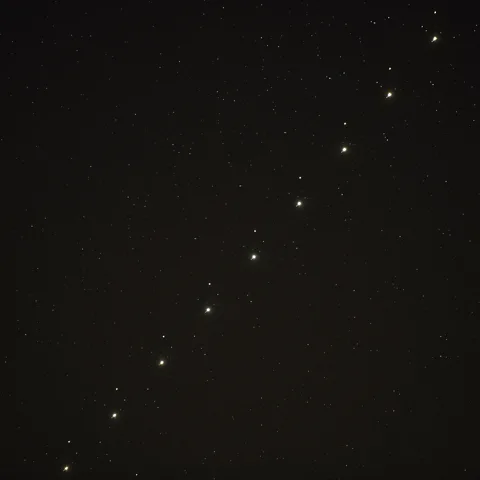
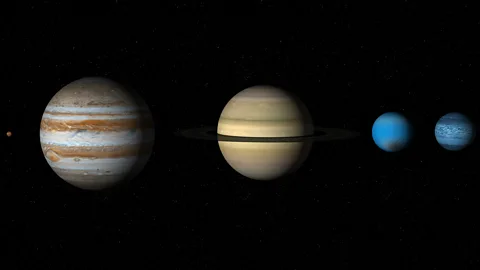
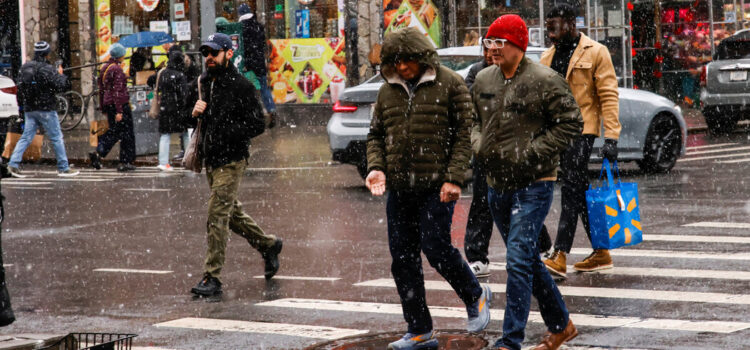
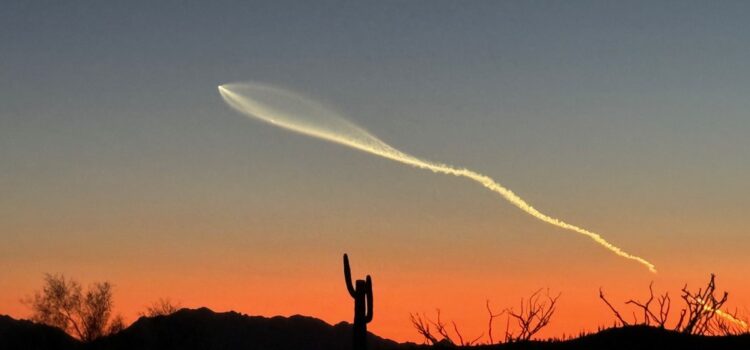
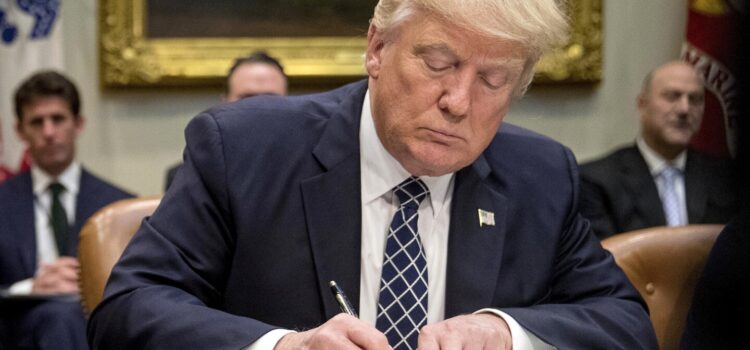






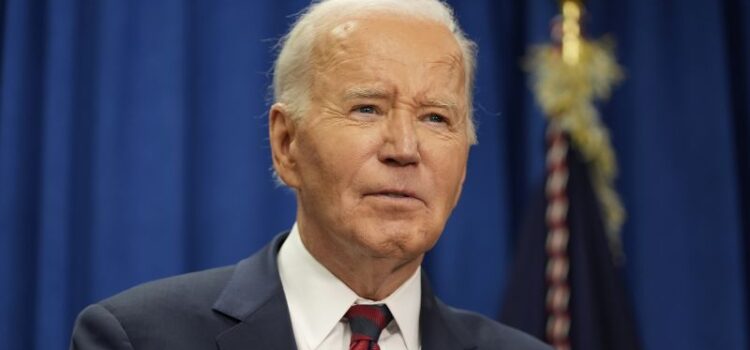
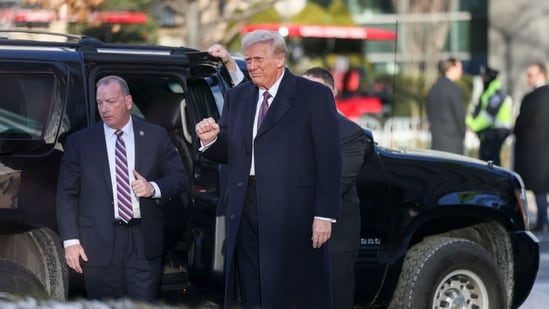

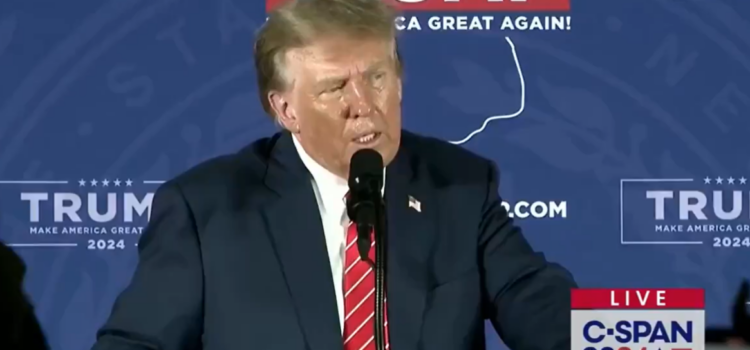


Comments